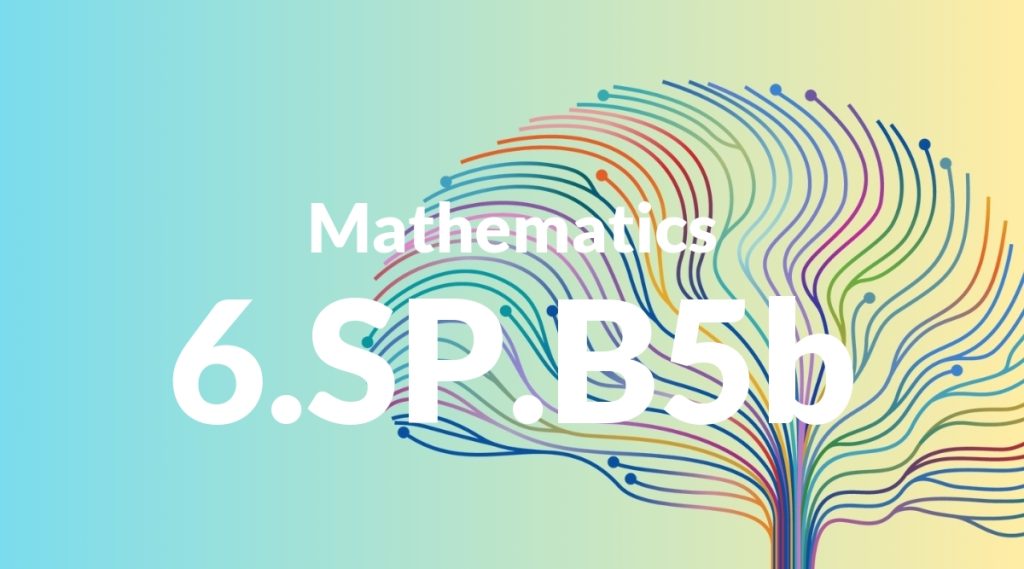Standard: 6.SP.B5b – Describing the nature of the attribute under investigation, including how it was measured and its units of measurement.
Grade level: Grade 6
Subject: Mathematics
Domain: Statistics & Probability
Teacher Overview
This standard focuses on helping students understand the nature of attributes being investigated, including how these attributes are measured and the units of measurement used. This is fundamental in the study of statistics and probability, as accurate and consistent measurement is crucial for data analysis and interpretation. Students should have a solid understanding of basic measurement concepts and units. They should also be familiar with different types of data and simple data collection methods.
By mastering this standard, students will be able to analyze more complex data sets, understand variability, and make informed predictions based on data. These skills are essential for higher-level math and science courses, as well as real-world problem-solving.
Common Misconception 1
One common misconception is that the unit of measurement does not matter as long as the number is recorded. This is incorrect because the unit of measurement provides context and meaning to the number, allowing for accurate interpretation and comparison.
Intervention 1
To address this misconception, use real-world examples to show how different units can lead to different interpretations. For instance, compare measurements in inches versus centimeters to highlight the importance of units.
Common Misconception 2
Another misconception is that all attributes are measured in the same way. This is not true, as different attributes require different measurement methods and tools.
Intervention 2
Use hands-on activities to demonstrate how different tools and techniques are used for different types of measurements. For example, use a ruler to measure length, a scale to measure weight, and a thermometer to measure temperature.
Prerequisite Knowledge
Students should understand basic measurement concepts, including units of measurement such as meters, liters, and grams. They should also be familiar with different types of data and simple data collection methods.
Subsequent Knowledge
After mastering this standard, students will be able to analyze more complex data sets, understand variability, and make informed predictions based on data. They will also be able to apply these skills to real-world situations and other subjects.
Instructional Activities
- Conduct a classroom experiment where students measure different attributes (e.g., length, weight, temperature) using appropriate tools.
- Create a data chart where students record and compare measurements of various objects.
- Have students analyze a set of data and describe the attributes being measured, including the units and methods of measurement.
- Use interactive online tools to simulate different measurement scenarios.




